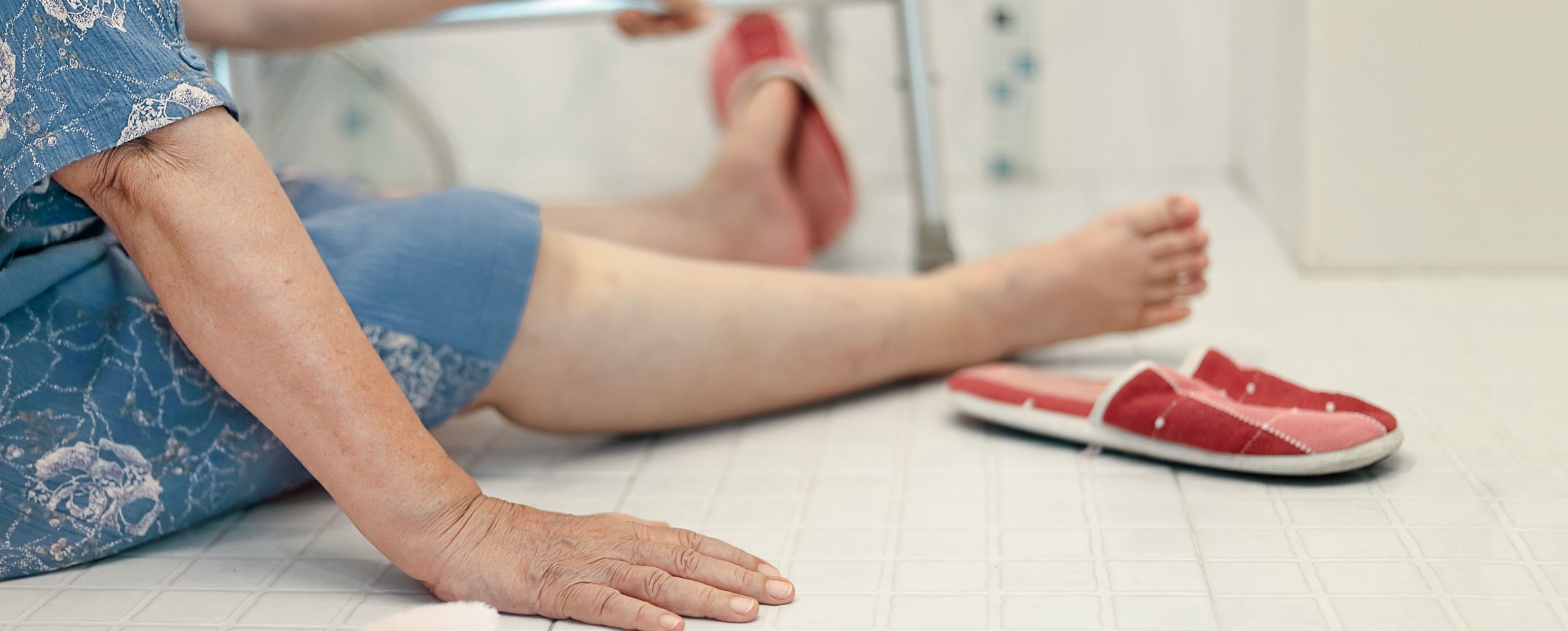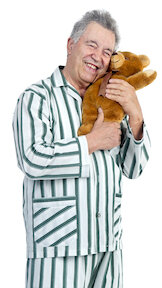
How StackCare Provides Insights to Hidden Dangers in Dementia and Proves the Need for 24/7 Care
As Dementia progresses, it is often difficult for families to fully understand the depth of their loved one’s decline. They frequently cling to moments of clarity, downplaying the signs of cognitive deterioration. For home care agencies, helping families recognize the need for 24/7 care can be a delicate but essential conversation. That’s where StackCare comes in, providing real-time data that shines a light on hidden risks— offering families trust in information and professionals the ability to present clear, objective evidence of what happens when no one is watching.
Turning Data into Action
At StackCare, we’ve seen firsthand how our system has been a game-changer for our home care agency partners. By using real-time monitoring and data analytics, we help agencies demonstrate true insight to families that their loved one’s condition may be more severe than it appears. Following, we share two powerful case studies that highlight how using StackCare not only led to improved patient safety but also significantly boosted agency revenue.
Case Study 1: Uncovering Hidden Risks — How StackCare Proved Mom Was No Longer Safe Living Alone
The Challenge: Nighttime Wandering and Hidden Dangers
A home care agency in Washington State was working with a family who believed their mother, diagnosed with Alzheimer’s, was managing well with limited daytime care. At night, they assumed she was sleeping peacefully. However, after installing the StackCare monitoring system, a very different story emerged.
The system revealed that their mom was wandering throughout the night, often opening the door to the garden between midnight and 5 AM. Although the family was unaware, she was clearly at high risk of falling or wandering off—potentially exposing herself to dangerous situations, getting lost, or being severely injured.
The Evidence: Uncovering the Truth with Data
StackCare provided irrefutable evidence of her nighttime movements, which included:
Nighttime Wandering: Frequent nighttime trips to the garden, creating potential risks for injury.
Increased Fall Risk: Her restless movements and unfamiliar surroundings increased the likelihood of falls.
Restlessness: Constant pacing indicated poor sleep, further deteriorating her overall health.
This data provided the family with a clear, unbiased view of their mother’s condition. Before StackCare, they believed she was resting at night. After seeing the data, they realized the real hidden risks.
The Turning Point: Moving to 24/7 Care
With this newfound insight, the family made the difficult but necessary decision to transition their mother to 24/7 care. The objective data showed that her Alzheimer’s had progressed to the point where she could no longer live safely without constant supervision. Thanks to StackCare, the home care agency facilitated the transition with compassion, ensuring the family was supported through the entire process.
Impact of StackCare for the Family:
Peace Of Mind: Understanding their mother's true health situation and that risks were now being minimized or eradicated.
Confidence And Trust: Recognizing that their home care provider was sharing data and that they could see for themselves how their mother was doing 24/7.
Emotional Relief: Family was happy that their mother could remain in her own home as it was important to them not to have to deal with a move to a residential facility.
Impact of StackCare for the Agency:
Increase in Care Hours: From 24 hours per week to 168 hours per week (24/7).
Revenue Impact: Significant monthly revenue increase (500%).
ROI: The agency absorbed the StackCare cost as it was clearly generating significant return on investment.
Loyalty and Trust: The family became strong advocates for the agency with word of mouth recommendations and testimonials.
Case Study 2: A Safe Haven at Home — How StackCare Helped a Couple with Dementia Avoid Memory Care
Background: Facing a Tough Decision
In the San Francisco Bay Area, a couple in their late 80s—both battling different forms of early dementia—faced a crossroads. Their adult children were torn between moving them into a memory care facility or continuing to support their independence at home. That’s when a local home care agency stepped in, installing StackCare to understand their day-to-day activities.
Data Unveiling the Severity of Cognitive Decline
StackCare data revealed that both parents' cognitive decline was more advanced than anyone had realized. Restless nights, confused movements, and occasional wandering showed that their safety was at high risk without 24/7 care.
Outcome: A Balanced Approach to Care
The agency used StackCare data to help the family make an informed decision. By bringing in 24/7 care, they ensured that the couple could remain safely in their home. As care costs escalated, the family opted to slightly reduce care hours (to 21 hours per day) while relying on StackCare to monitor risky behaviors during the brief gaps.
This strategy achieved two critical outcomes:
Cost Savings: The family avoided the high cost of memory care, which would have disrupted their parents' established routine and brought a heavy emotional toll.
Peace of Mind: Even during short gaps in caregiving, StackCare provided real- time monitoring, ensuring their safety.
Financial Relief for the Family:
Thanks to StackCare, the family was able to balance the care budget while keeping their parents in the comfort and emotional security of their home. The combination of 24/7 monitoring and slightly reduced care hours saved them a significant amount each month in comparison to a residential memory care facility.
Financial Impact of StackCare for the Agency:
Keeping dual clients in their home vs versus losing them to a residential facility—147 hours per week vs 0 hours. In addition there were ongoing soft benefits of family trust and loyalty which contribute to long-term business success.
Conclusion: Empowering Families and Agencies Through Technology
StackCare empowers home care agencies to make data-driven decisions, helping families transition to the appropriate level of care. In both case studies, objective data —whether revealing nighttime wandering or unnoticed patterns of restlessness— enabled families to face difficult truths and make the necessary decisions to ensure their loved ones’ safety.
For agencies, StackCare not only improves client outcomes but also drives revenue growth. By increasing care hours for even a small number of clients, agencies can dramatically boost monthly revenue and realize substantial return on their investment. StackCare is more than a monitoring system—it’s a tool that builds trust, enhances care, and strengthens your business.
If you’re navigating similar challenges, consider how StackCare can provide transparency and reassurance, keeping your clients safe and comfortable in their own homes for as long as possible.
CONTACT US TODAY VIA info@stack.care to learn how our system can enhance the services you provide and help keep seniors safe, healthy, and independent.








